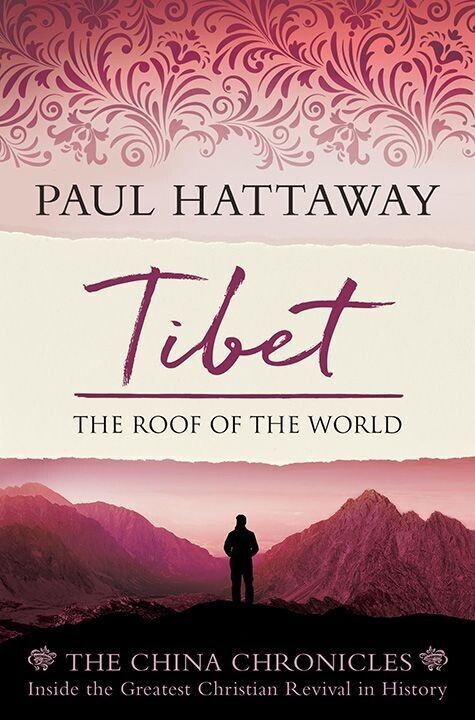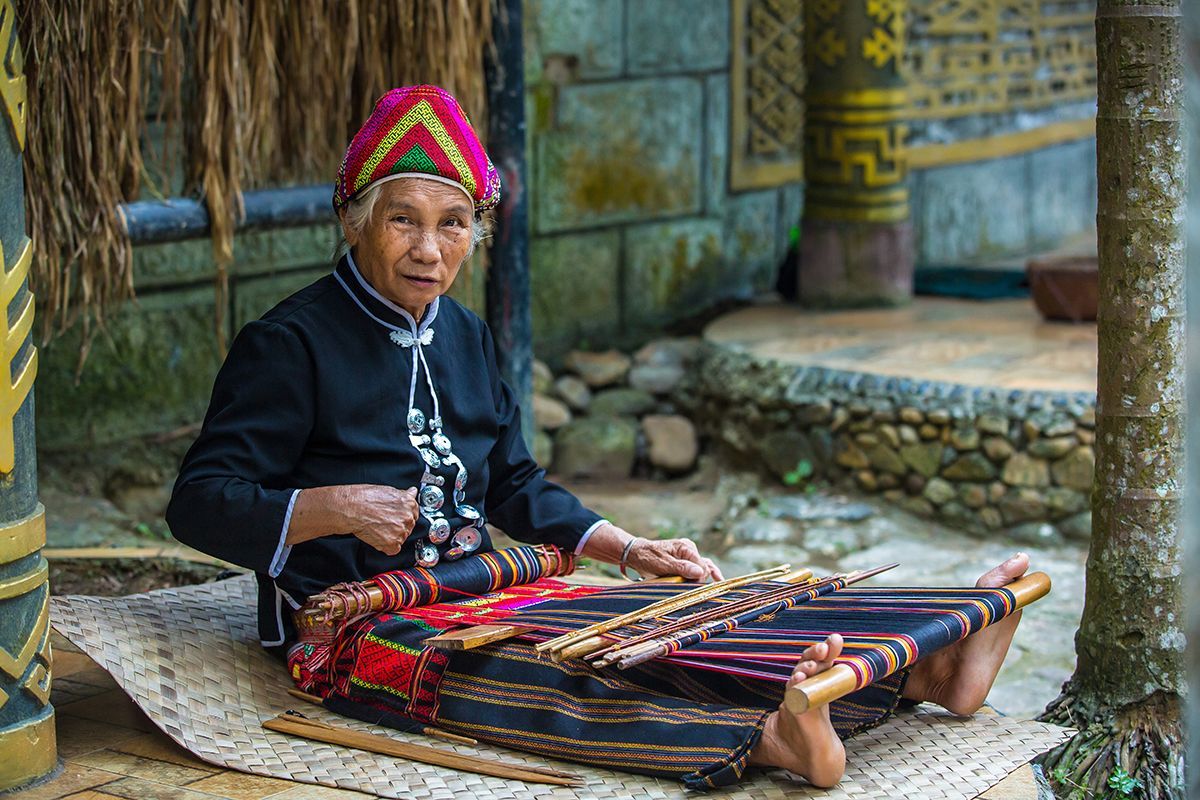1990s
![Two happy Tibetans receive gospel booklets and cassettes. [Julian Hawken]](https://lirp.cdn-website.com/5ddddb20/dms3rep/multi/opt/unnamed+%284%29-1920w.jpg)
Ü-Tsang དབུས་གཙང་
The 1990s continued to see much tension throughout the Tibetan world, especially in 1995 surrounding the appointment of the Eleventh Panchen Lama. As is the custom, the Dalai Lama announced that Gedhun Choekyi Nyima was the reincarnation of the Tenth Panchen Lama, who had died in 1989. Three days later the Chinese government spirited the six-year-old boy away, before his supporters had a chance to take him to India. His location has never been divulged. China has said he is being taken care of "for his own safety" while human rights organizations labelled Nyima "the youngest political prisoner in the world."
In 2015, on the twentieth anniversary of Nyima's disappearance, Chinese officials stated: "The reincarnated child Panchen Lama is being educated, living a normal life, growing up healthily and does not wish to be disturbed."
The Communist authorities, meanwhile, appointed five-year-old Gyaincain Norbu as their choice of Panchen Lama. He received his early education in Beijing, before being moved back to Xigaze. Almost all Tibetans and the world community have rejected the Chinese choice of Panchen Lama, who had been used as a pawn in the long struggle between China and Tibet.
The 1990s saw the launch of a Tibetan radio program called Gaweylon, which means 'Good News'. Produced by Tibetan believers in India, programs in the central Tibetan language were broadcast throughout the Himalayas, making an impact on many people, not only in Tibet but also in neighboring Nepal, Bhutan and India.
![A Tibetan listening to a gospel radio broadcast. [Julian Hawken]](https://lirp.cdn-website.com/5ddddb20/dms3rep/multi/opt/unnamed+%285%29-1920w.jpg)
The spread of the gospel in Tibet was also boosted in the 1990s by the release of new evangelistic resources, including translations of the Jesus film into the Central Tibetan, Amdo, and Kham languages. Tibetans generally love to watch movies, and many were enthralled to find these films in their own language.
A trickle of Han Chinese house church missionaries continued to enter central Tibet throughout the 1990s, although they experienced numerous hardships along the way. The senior house church leader Peter Xu Yongze reflected on the progress that evangelists from his church network enjoyed in central Tibet:
"Our first workers were sent to Lhasa in 1986. Each subsequent year we sent more reinforcements, and we ended up with quite a large team in Tibet, spread out in different towns and counties. They have planted churches in Lhasa and Linzhi, mostly among Han people but also Tibetans.
In 1997, a large group of 800 Tibetan lamas was heavily persecuted by the government. When our evangelists preached the gospel to them, most of the 800 lamas said they were willing to become Christians. We weren't sure if they were sincere about surrendering their lives to Jesus, of if it was just a plan to try to avoid being persecuted, but when our leaders went to follow this up it seems we had already missed the opportunity.
Our workers in Tibet are always under a lot of pressure. They face opposition from the Buddhists, opposition from the police and army, and they are in the midst of a fierce spiritual battle. Many of our missionaries have been struck with sudden diseases."
Although Lhasa had come to be seen as an impenetrable citadel against Christianity, encouraging cracks appeared in the 1990s, with one report noting:
"Today there are several small house churches in Lhasa, attended primarily by Han migrants but also by a handful of Tibetan converts. Dozens of Chinese house church evangelists have moved to Lhasa, from where they pray and witness at every opportunity. Some have had good success, despite the obvious Tibetan hostility against Han people, while others have been beaten and at least one killed by Tibetan monks after he tried to witness inside the grounds of a temple."
Zayu County, in the southeastern corner of the Tibet Autonomous Region, is an almost inaccessible area where the countries of China, India and Myanmar meet. Inhabiting a picturesque area with deep gorges and thick pine forests that rise to snow-capped peaks, the little-known Deng ethnic group makes its home in Zayu. Never converted to Tibetan Buddhism, for centuries the Deng lived in isolation, worshipping local deities and the forces of nature. In the 1990s, when a foreign Christian managed to visit Zayu, "he and the other tourists helped lead their Deng tour guide to Jesus. When he came back a couple of years later he was able to help lead her family to Jesus."
Meanwhile, the Dalai Lama's portrayal in the West as a joyful, non-threatening religious figure was lapped up by celebrities and politicians alike. He almost single-handedly created a false impression that all Buddhists are peace-loving and gentle, but the reality for Christians in Tibet was starkly different, with one report saying:
"In Mainland China many house churches confirm that the most difficult harvest field is Tibet—because the monks chase, beat, and even kill evangelists.... Although the Dalai Lama presents to the world a message of tolerance and peace, many of the monks he left behind remain uncompromisingly militant. One house church leader said: 'Since 1988 we have had five evangelists stoned to death by Tibetan monks in the provinces of Tibet, Qinghai and Gansu."
© This article is an extract from Paul Hattaway's book ‘Tibet: The Roof of the World’. You can order this or any of The China Chronicles books and e-books from our online bookstore.
1. "China Says Panchen Lama 'living a normal life' 20 Years after Disappearance," The Guardian (6 September 2015).
2. Personal interview with Peter Xu Yongze (October 2003).
3. Paul Hattaway, China's Unreached Cities, Vol. 2 (Chiang Mai, Thailand: Asia Harvest, 2003).
4. Global Prayer Digest (April 1999).
5. Alex Buchan, "Buddhist Leaders Fail to Reckon with Persecution," Compass Direct (April 24, 1998).





